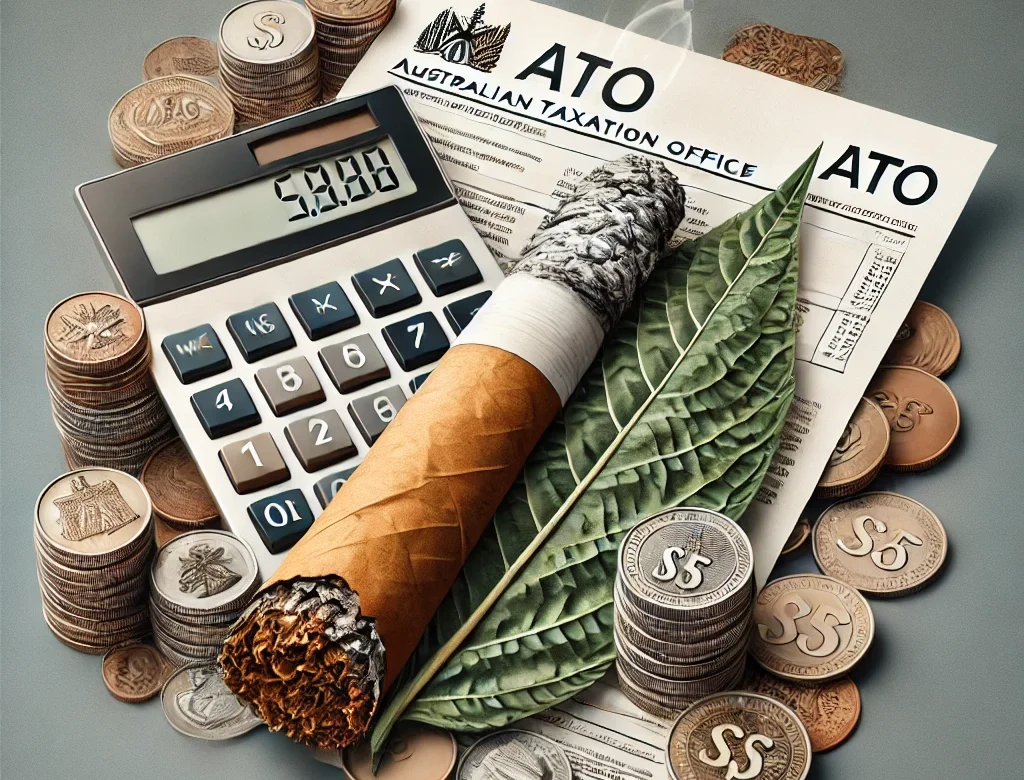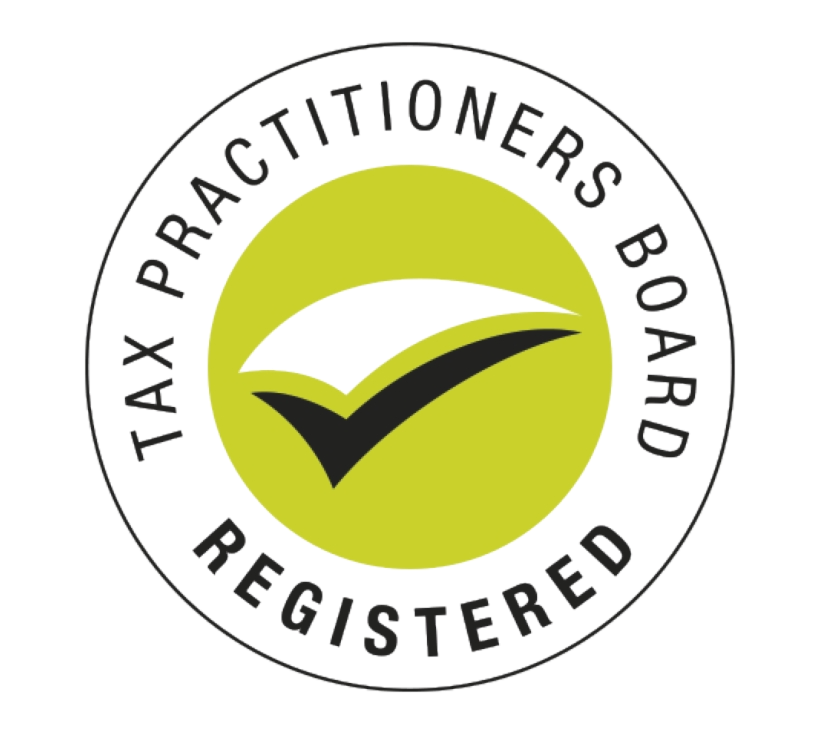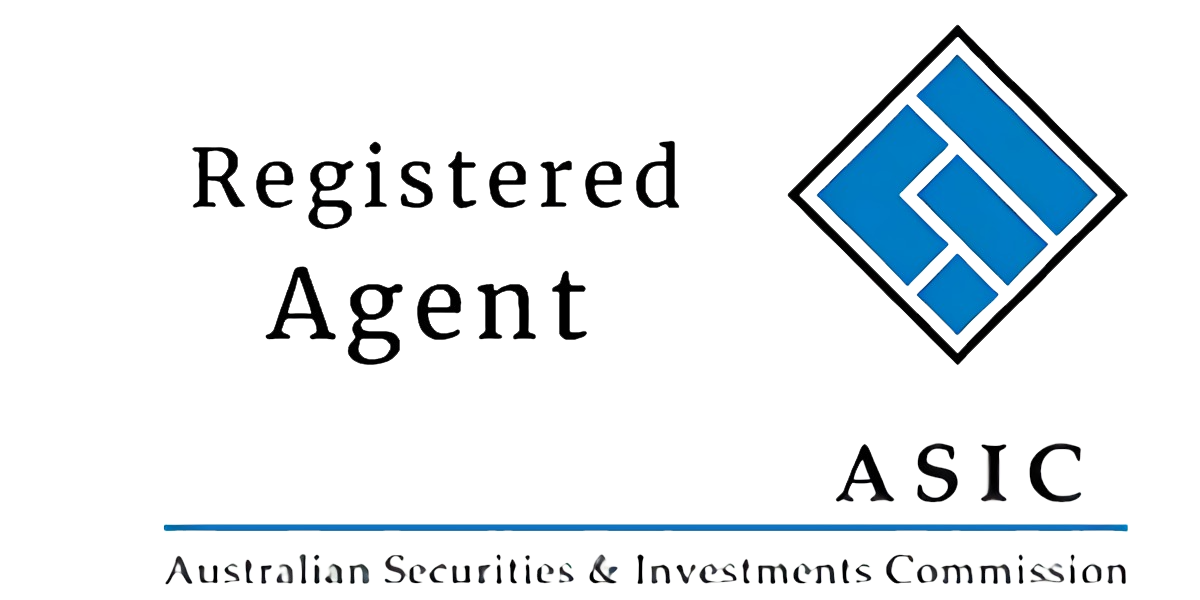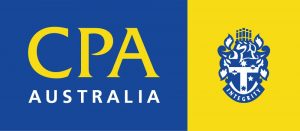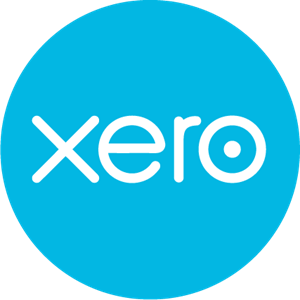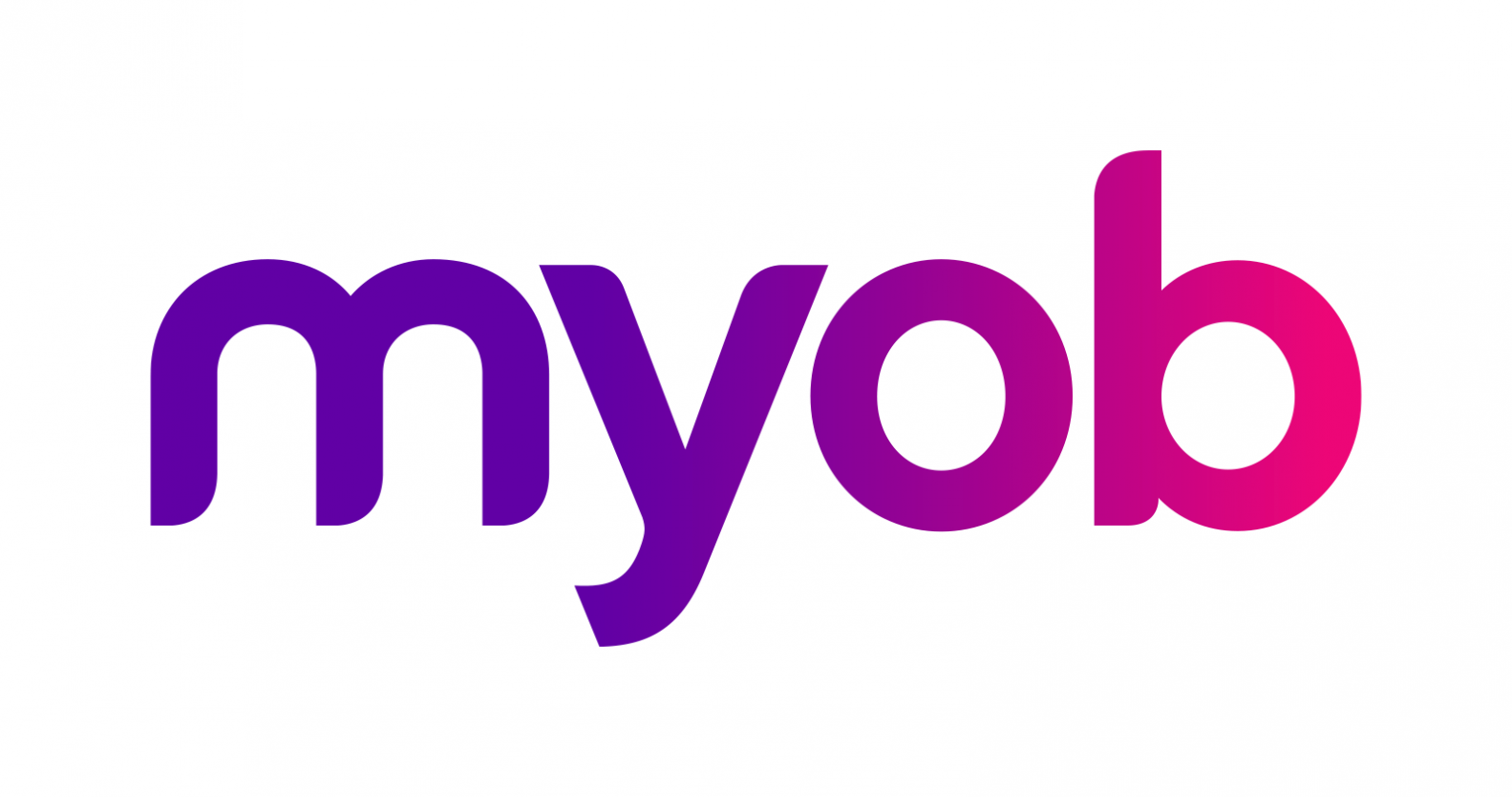Rate Indexation
Excise duty rates on tobacco goods increase in March and September each year under the law, based on average weekly ordinary time earnings (AWOTE). The AWOTE indexation factor for rates on and from 1 September 2024 is 1.018.
In addition to ordinary indexation, tobacco excise and excise-equivalent customs duty will increase by an additional 5% per year for three years starting 1 September 2023.
There will also be an alignment of the tax treatment of tobacco products subject to the per kilogram excise and excise-equivalent customs duty (such as roll-your-own tobacco) with the manufactured per-stick rate, by progressively lowering the ‘equivalisation weight’ from 0.7 to 0.6 grams.
These progressive decreases will occur on 1 September each year from 2023, with the new weight coming fully into effect from 1 September 2026. This will raise the per kilogram duty accordingly.
Manufactured in Australia
Currently, there is no legal tobacco manufacturing occurring in Australia. If there were, the following tobacco excise rates would apply.
Imported into Australia
When manufactured tobacco goods are imported into Australia, they are subject to customs duty. This duty is:
- Paid at the time the products arrive at the Australian border.
- Equivalent to the following tobacco excise rates.
Tobacco Excise Rates
The following are the current rates for:
- Tobacco manufacture occurring in Australia.
- Manufactured tobacco goods imported into Australia.
Tobacco Rates – Tobacco, Cigars, Cigarettes, and Snuff
| Tariff Item | Description | Unit | From 1 March 2024 to 31 August 2024 | From 1 September 2024 |
|---|---|---|---|---|
| 5.1 | In stick form not exceeding in weight 0.8 grams per stick actual tobacco content | $ per stick | 1.27816 | 1.36623 |
| 5.5 | Either: Not in stick form In stick form exceeding in weight 0.8 grams per stick actual tobacco content | $ per kg of tobacco content | 1893.57 | 2101.89 |
| 5.8 | Blended tobacco goods | N/A | The amount of duty worked out under section 6AAC | The amount of duty worked out under section 6AAC |
Please note: Many of the comments in this publication are general in nature and anyone intending to apply the information to practical circumstances should seek professional advice to independently verify their interpretation and the information’s applicability to their particular circumstances.

